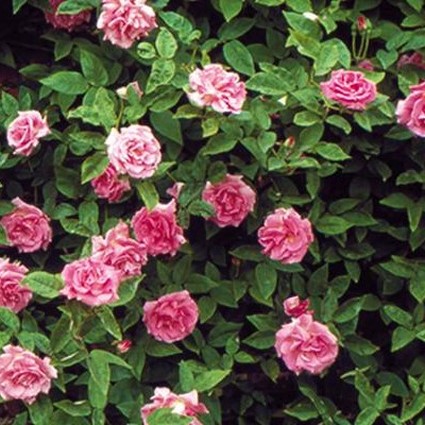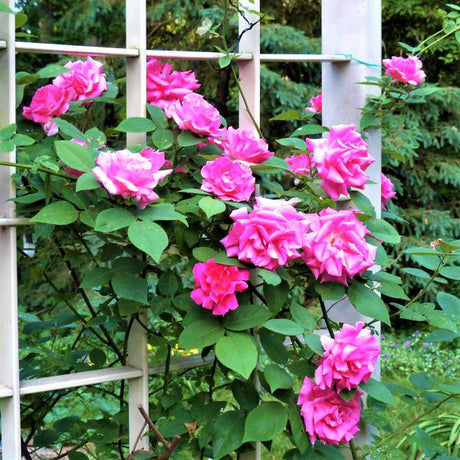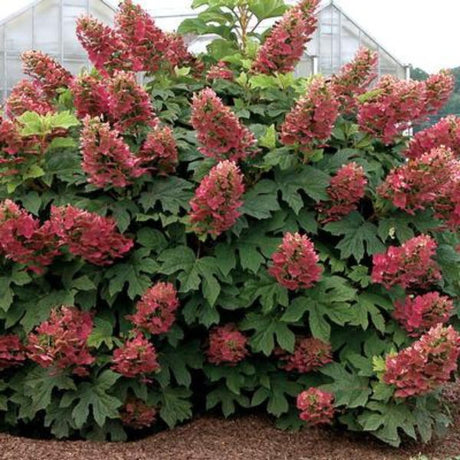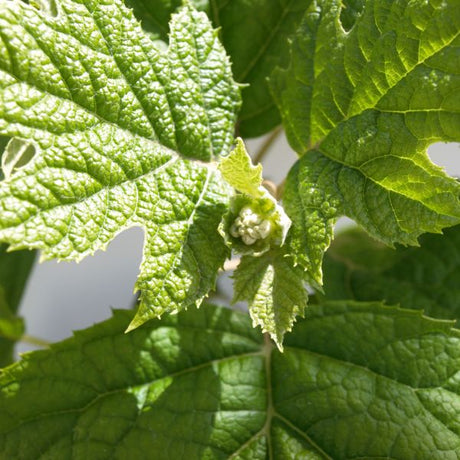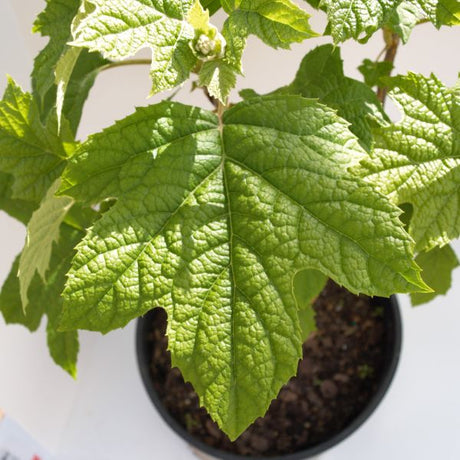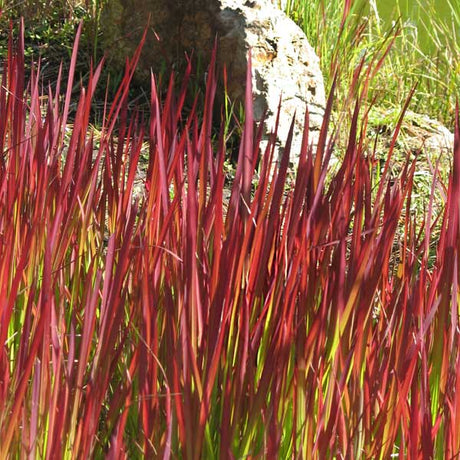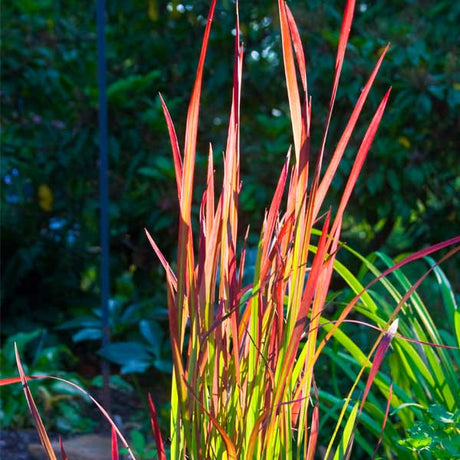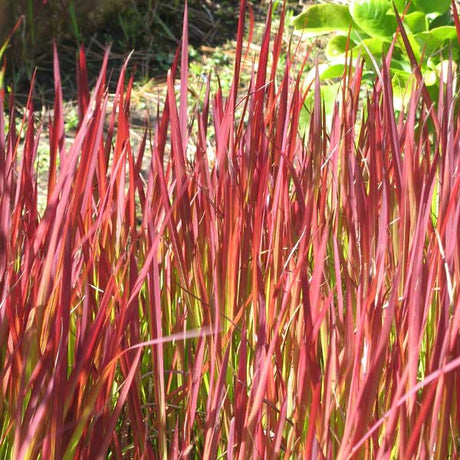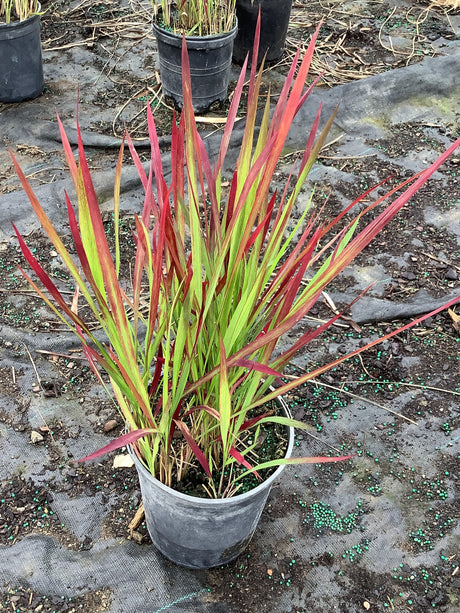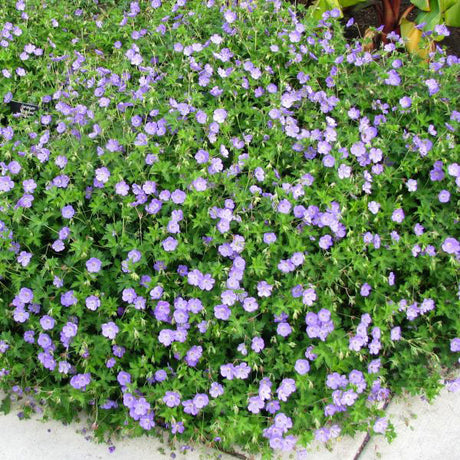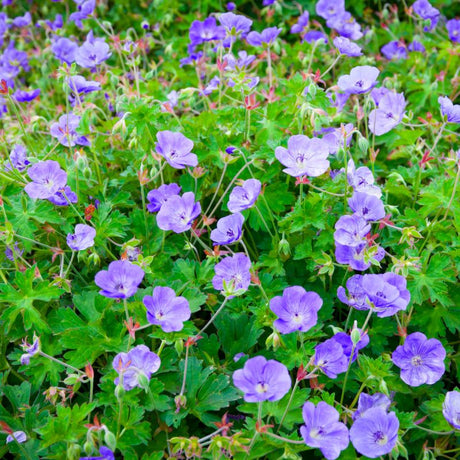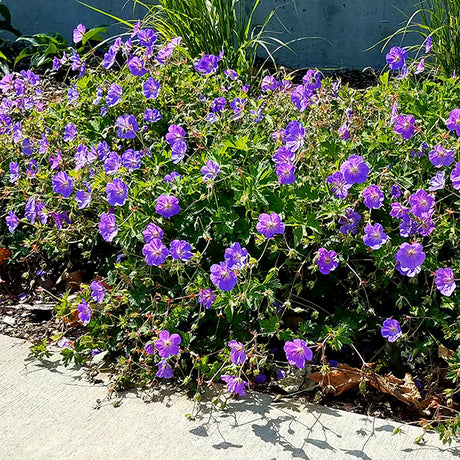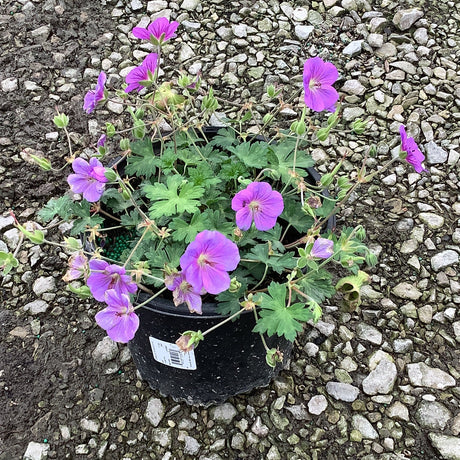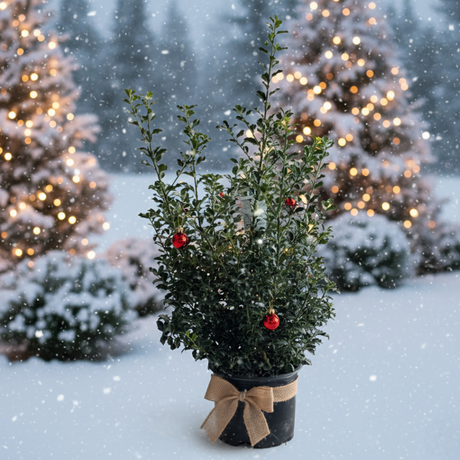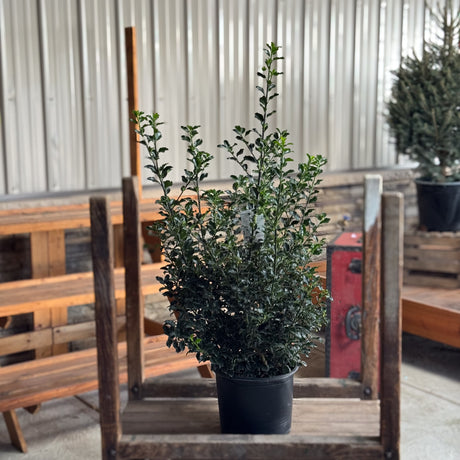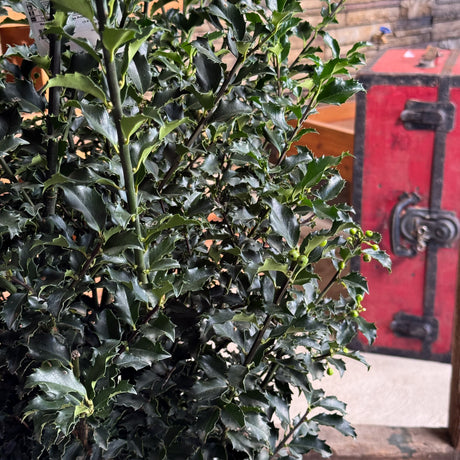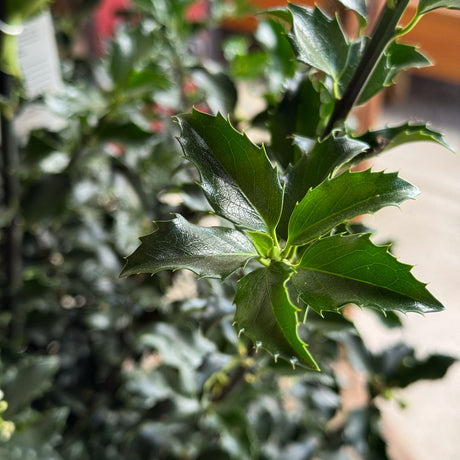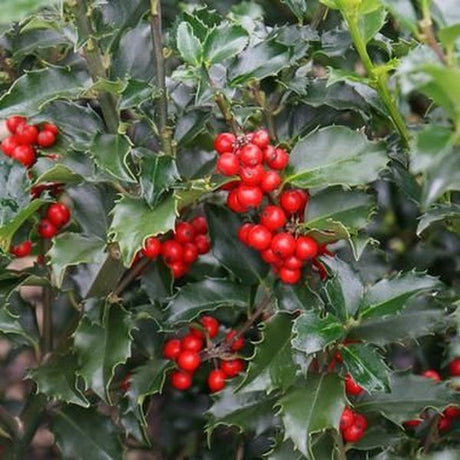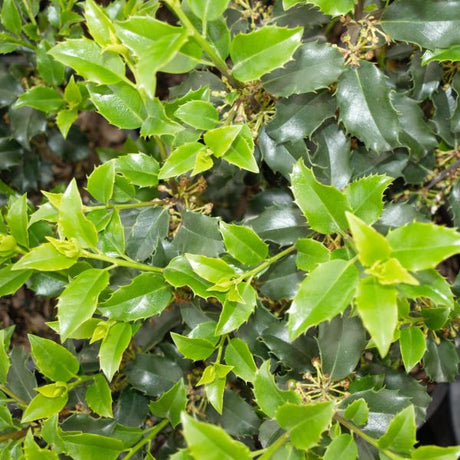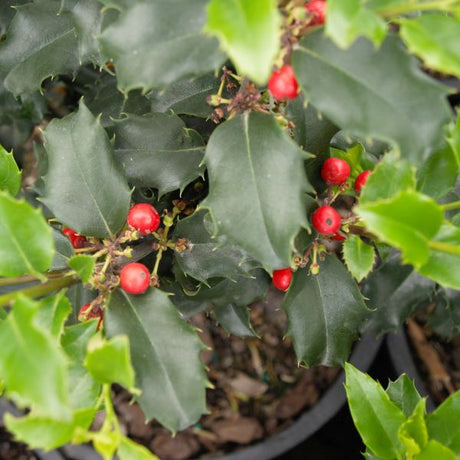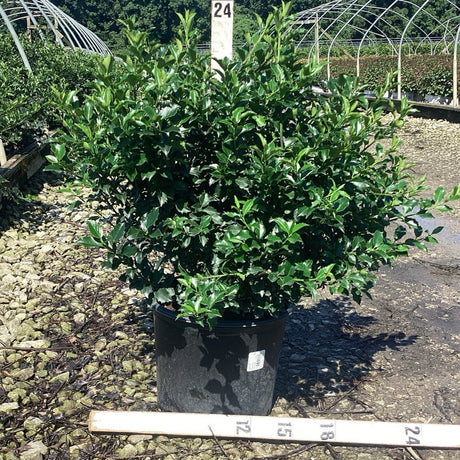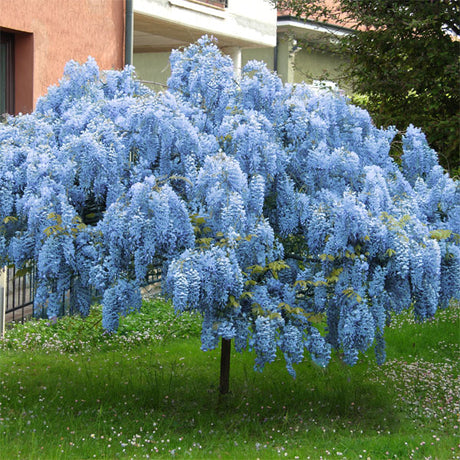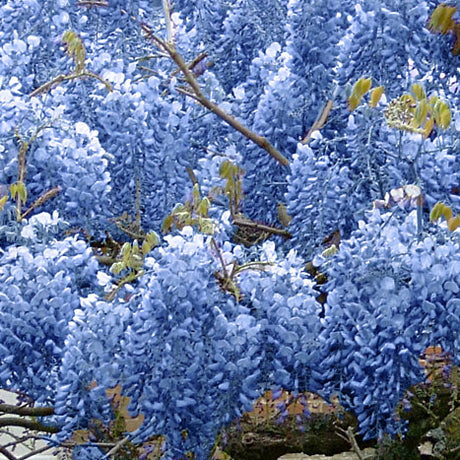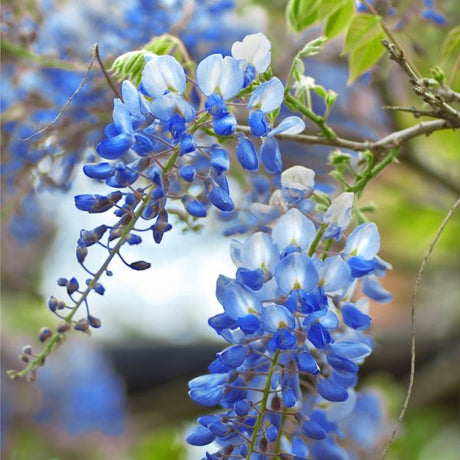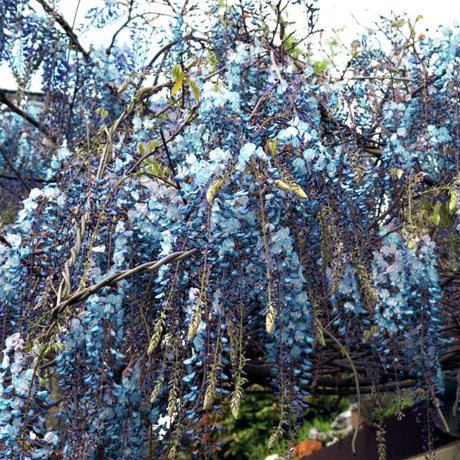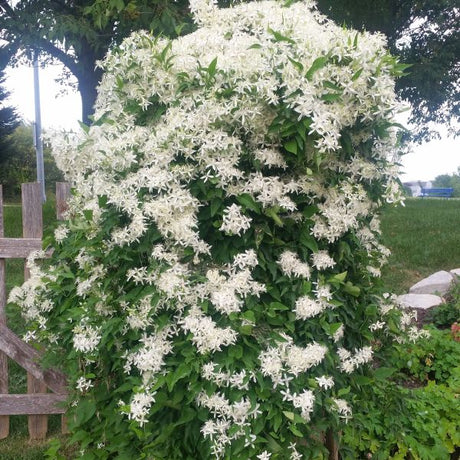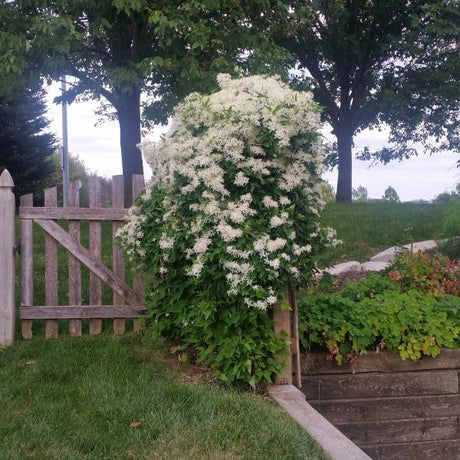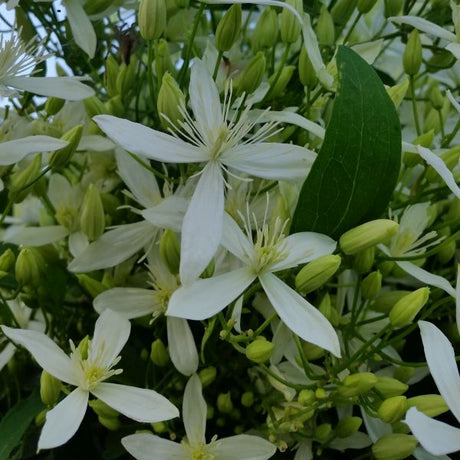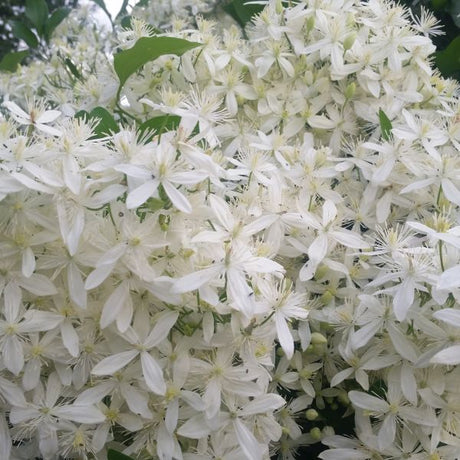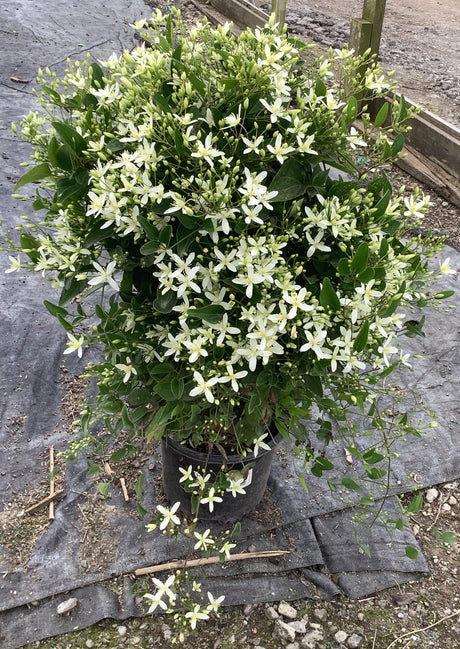“The first blooms of spring always make my heart sing.” - S. Brown
Feed the bees and lend a hand to those early arriving beneficial insects this year by providing (or letting remain) their favorite early spring snacks to sustain them until spring flowers are in full bloom! Once daytime temperatures begin to consistently reach 50 degrees, you will begin to see them more active, so lay out the early spring buffet!
Best Native Plants For Pollinators!

Butterflies and hummingbirds are easy. Most bees are a bit more specific - plant Squash family plants for the Squash bees, plant Rose Mallow family plants for Rose Mallow bees, Sunflower bees love sunflowers, and there are Blueberry bees that exclusively visit Blueberries. And there’s the Spring Beauty bee that only visits the rare flower that is its namesake.
But what do Two-Spotted Long-Horned bees eat? What is the favorite flower of the Mining bee or the Carpenter bee?
There are Stingless bees, Alpine bees, Digger bees, Mason bees, Orchid, jewel-toned Sweat bees, Nomad and Cuckoo bees, large and small Carpenter bees, Long-Horned bees, Hairy-Footed bees (they are as adorable as they sound), plus a ton of other unique little bee varieties depending on your part of the country!
Your local County Extension Office or Master Naturalist program in your area can help you learn about the various indigenous bees and beneficial pollinators in your region and help select (or conserve) their favorite plants.
1. Spring Ephemerals
 Not taking up any room at all in the garden, these spring-flowering bulb plants can be woven among larger perennials and shrubs, where the bushes' later emerging foliage shades these delicate beauties from the sun for the remainder of the year. Often growing in conjunction with their chosen pollinators, these spring ephemerals time their bloom with their respective buzzing partners.
Not taking up any room at all in the garden, these spring-flowering bulb plants can be woven among larger perennials and shrubs, where the bushes' later emerging foliage shades these delicate beauties from the sun for the remainder of the year. Often growing in conjunction with their chosen pollinators, these spring ephemerals time their bloom with their respective buzzing partners.
- Troutlily (Erythronium albidum), also called Trout Lily
- Bluebells (Hyacinthoides)
- Snowdrops
- Grape Hyacinths (Muscari)
- Bellwort
- Trillium
- Bloodroot (Sanguinaria canadensis)
- Jack-in-the-Pulpit (Arisaema triphyllum)
- Some Crocus - Claytonia virginica and Mertensia virginica
Non-Native Spring Bulb Options
- Adonis
- Siberian Squill
- Crocus
- Daffodils
- Lily of the Valley
2. The Earliest Blooming Perennials
 Creating a pollinator garden in the sun with a water feature or bird bath is a welcome mat for hungry early emerging pollinators. Add a bee hotel, add a rock wall or pile of stones, leave the leaf litter in the corners, and never spray this area, to create a pollinator paradise!
Creating a pollinator garden in the sun with a water feature or bird bath is a welcome mat for hungry early emerging pollinators. Add a bee hotel, add a rock wall or pile of stones, leave the leaf litter in the corners, and never spray this area, to create a pollinator paradise!
- Boreal Carnation (Dianthus repens)
- California Golden Violet (Viola pedunculata)
- Creeping Phlox (Phlox stolonifera) and Wood Phlox (Phlox divaricata)
- Easter Pasqueflower (Pulsatilla patens)
- Evening Primrose (Oenothera biennis) is widely distributed throughout the US
- Eastern Red Columbine (Aquilegia canadensis) native to the Eastern US and Canada
- Foamflower (Tiarella cordifolia)
- Fringed Bleeding Heart (Dicentra) and Dutchman's Breeches (Dicentra cucullaria)
- Golden Alexander (Zizia aurea)
- Golden Groundsel (Packera obovata), native to the southern US
- Liverwort (Anemone americana)
- Rue Anemone (Thalictrum thalictroides) is a native throughout the North Eastern US
- Virginia Spring Beauty (Claytonia virginica)
- Virginia Bluebells (Mertensia virginica)
- Wood Anemone or Windflower (Anemonoides quinquefolia)
- Creeping Speedwell (Veronica ‘Waterperry Blue’)
Non-Native Options

When you can’t find the above for your region, perhaps one of these pollinator-friendly spring perennials will work in your growing zone. Include some Japanese Spurge and Vinca as pollinator-friendly groundcovers that bloom early!
- Basket of Gold Alyssum (Aurinia)
- Barrenwort (Epimedium rubrum)
- Bleeding Hearts (Dicentra)
- Candytuft (Iberis sempervirens)
- Corydalis (Corydalis lutea)
- Cushion Spurge (Euphorbia epithymoides)
- Hellebore (Lenten Roses)
- Leopard's Bane (Doronicum orientale)
- Lungwort (Pulmonaria spp.)
- Pigsqueak (Bergenia cordifolia)
- Sea Thrift (Armeria maritima)
- Siberian Bugloss or False Forget-Me-Not (Brunnera macrophylla)
- Variegated Solomon's Seal
- Winter Heath (Erica carnea)
3. Early Blooming Shrubs
 In addition to providing food, shrubs, mixed shrub borders, and hedgerows provide a large array of food choices, and bloom times, and act as windbreaks so pollinators can continue to forage on windy days.
In addition to providing food, shrubs, mixed shrub borders, and hedgerows provide a large array of food choices, and bloom times, and act as windbreaks so pollinators can continue to forage on windy days.
- Azaleas and Rhododendrons like the Stewartstonian Azalea
- California Lilac
- Camellia
- Common Lilacs
- Dwarf Bottlebrush
- Flowering Currant
- Forsythia
- Fothergilla
- Native Shrub Indigo
- Pieris floribunda
- Red Twig Dogwood
- Audubon® Native Great Lakes Sand Cherry
- Spicebush
- Viburnum, like Blackhaw and Downy Arrowwood
Non-Native Options
- Japanese Pieris (Pieris japonica)
- Japanese Andromeda
- Japanese Mahonia
- Japanese Kerria
- Heather
- Korean Spice Viburnum (Viburnum carlesii)
4. Fruiting Shrubs For Pollinators
 The flowers of these bushes not only feed bees and look gorgeous early in the season, but the fruit after feeds a great many birds, wildlife species, and us humans! Many of the native Blueberry varieties are a particular favorite!
The flowers of these bushes not only feed bees and look gorgeous early in the season, but the fruit after feeds a great many birds, wildlife species, and us humans! Many of the native Blueberry varieties are a particular favorite!
- Chokecherry
- Elderberry
- Fruiting Currants - Red-flowering and Winter Currants
- Highbush Cranberry
- Lowbush Blueberry (Vaccinium angustifolium) throughout Maine and Canada
- Native American Plum
- Rabbit-Eye Blueberry (Vaccinium ashei) is native throughout the Southern US
- Some Half-High Blueberries are native to the Midwest
- Serviceberry (Amelanchier), also known as Juneberry
5. Early Blooming Trees
 Many solitary wood-nesting bees visit the flowers of fruit trees and other flowering trees, which in turn lay out a smorgasbord of blooms for them on a grand scale!
Many solitary wood-nesting bees visit the flowers of fruit trees and other flowering trees, which in turn lay out a smorgasbord of blooms for them on a grand scale!
- Apples and Flowering Crabapples
- Apricot
- Cherry, Black Cherry, and Non-Native Flowering Cherries
- Cornelian Cherry
- Dwarf Flowering Almond
- Flowering Dogwood (Cornus florida)
- Maple Trees
- Oak trees
- Ornamental Pear
- Redbuds
- Red Leaf Plum
- Royal Star, Saucer, and Southern Magnolia
- Pussy Willow and Willow Trees
- Witch Hazel
The Unsung and Unseen Pollinators
Planting early blooming plants and perennials is one of the easiest things for a gardener to do to support their local pollinators, and planting native varieties for your region is even better! The reward is in those delicate first early blooms after the rugged and bleak landscape of winter, which are as much a treat for our eyes as they are for your bees and butterflies!

Indigenous host plants are dwindling due to habitat degradation and climate change. Many of the plants available in garden centers are made to look pretty and aren’t actually geared for pollinators like bees, but are more directed to butterflies and hummingbirds, and not actually specialized types of pollinators and native bees. It’s also important to plant butterfly Host Plants so their larvae have food too!
Surprisingly, the majority of native bees and pollinators are not nectar-feeders like butterflies and hummingbirds! They prefer eating and gathering pollen for their hungry larvae and making ‘bee bread’ to lay a single egg on. This mixture of pollen and nectar (or honey) is the main source of food for honey bee workers and larvae. Even Honeybees collect the pollen to mix with tree resins and nectar to make bee propolis.

Specialist pollinators are rare and not often seen in more urban areas, and often are only active at certain times of the year. There are over 20,000 known bee species in the world, and 4,000 of them are native to the United States. In fact, 770 of them are native to the Eastern United States alone and are exclusively pollen specialists! This includes not just Honeybees (which are actually not native but a naturalized species from Europe and Asia), Solitary ground-nesting bees that burrow into loose sandy soil, and solitary wood-nesting bees that tunnel into trees or (occasionally) your home’s siding, and even a few predatory/parasitic bee species.
The need for nectar and pollen not only drives sleepy Queens from their warm burrows, where they most likely have just hatched, but also to do the hard work of pollinating many of our early flowering fruit trees and shrubs that we eat! In warmer climates like California and the southern US, these pollinators can begin their work as early as January. This is a time of slim pickings because of habitat loss.
Pollen-seeking bees shake the flowers with their vibrating and buzzing, called ‘sonicating’, to release the pollen, collect it on their furry bodies or leg patches, then turn it into high-energy food that will help sustain the growing hive. That’s why it's so vital to have their favorite plants around during this crucial time of year!
Let's Bee Friends!
Other ways to support your local indigenous pollinators are to include a Rain Garden or water feature with pebbles on the edges to keep bees from falling in. Spray only at certain times of the day when pollinators aren’t active, or during certain times of the year. Use organic methods of pest and weed control, and keep an area of your property a little wilder than the rest.

Plant summer and fall-blooming native flowers to support pollinators throughout the rest of the year and extend your own enjoyment until frost! Plant bees' favorite flowers and flower colors - anything blue, yellow, and white. Plant cover crops like Clovers and Vetch (Vicia), plus Lupines, Alfalfa, and other legumes bloom early, are loaded with pollen and nectar, and even have the added bonus of nitrogen-fixing your soil.
Pansies and Viola family members are not natives here but are available early in the season to put out in your garden and containers. Allow ‘weeds’ like Dandelions, Wild Violets, Chickweed, Speedwell, and Clover to grow in early spring. They are fantastic early-blooming natives and non-natives that pollinators instantly recognize. These weeds and wildflowers may not look the prettiest to us, but these flowering plants support a large ecosystem on their demure shoulders!

Choosing natives, and wider varieties of natives, helps considerably, but so does just leaving a patch of wild, a swath of native plants and weeds, alone in the more out-of-the-way areas of your yard. This will cater to a far larger host of the more unseen and less recognized of your local pollinators! Having evolved together, the flowers bloom at the perfect time of year when these pollinators need them most.
Nature Hills is doing our part to support pollinators by creating habitat at our nurseries and using mindful spraying techniques to support bees and other beneficial insects and are happy to help you do the same!
Welcome spring early with an array of double-duty (or even triple-duty!) plants and perennials available at NatureHills.com today!
Happy Planting!




